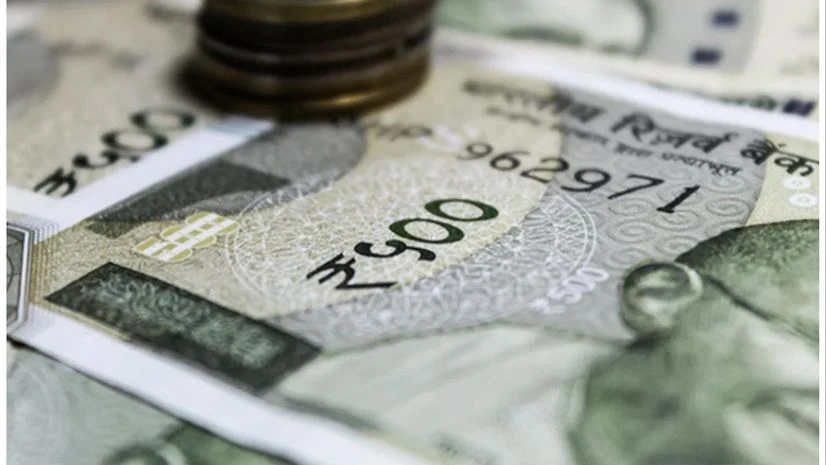)
While banks were keeping the float funds in interest-bearing savings accounts, the RBI does not pay interest on the cash balances. This has also hurt the government in terms of foregone income. (Photo: X@ANI)
At a time when deposit growth has been sluggish and trailing credit offtake, with the share of low-cost deposits dwindling, public sector banks have urged the finance ministry to keep government cash balances with them instead of the Reserve Bank of India, which will help them increase the share of current and savings account (Casa) deposits.
In 2021, the government implemented a revised framework (SNA-SPARSH platform) for the flow of funds under the centrally sponsored schemes (CSS), which was aimed at better monitoring the availability and utilisation of funds released for states. Following this, the government began placing its cash balances with the Reserve Bank of India, not with banks. According to bankers, this has reduced the float and impacted operational efficiencies. It has increased their cost of deposits and affected net interest margins.
Bankers have made a detailed presentation to the government on the issue while requesting them to consider their proposal.
While banks were keeping the float funds in interest-bearing savings accounts, the RBI does not pay interest on the cash balances. This has also hurt the government in terms of foregone income.
In a meeting with the finance minister earlier this week, bankers proposed that government cash balances should be parked with designated banks, which will help them to tide over the current liquidity situation.
According to the latest data, the government’s cash balances were to the tune of Rs 2.1 trillion as of August 9, which came down after the general elections as the government started spending. Banks have argued that the revised framework also has implications for the central bank’s liquidity management as it impacts systemic liquidity.
Most banks have seen the share of low-cost deposits—current and savings account deposits—fall in the last year. State Bank of India, for example, saw its Casa ratio decline to 40.7 per cent at the end of the first quarter of FY25 from 42.88 per cent in the year-ago period.
According to the latest RBI data, while bank loans are growing at 13.7 per cent year-on-year, deposit growth was 10.6 per cent. Both RBI governor Shaktikanta Das and finance minister Nirmala Sitharaman have asked banks to beef up deposit mobilisation to fund credit growth sustainably. During the interaction with top PSB executives earlier this week, the finance minister also asked banks to make concerted efforts to garner deposits by conducting special drives.
Meanwhile, the RBI has also cautioned banks that over-reliance on short-term corporate deposits could result in structural liquidity issues.
Most banks have increased their deposit rates in the recent past and have started new schemes offering higher rates to savers. The increase in the cost of funds could hurt banks’ net interest margins in the coming quarters.
First Published: Aug 21 2024 | 7:43 PM IST


































